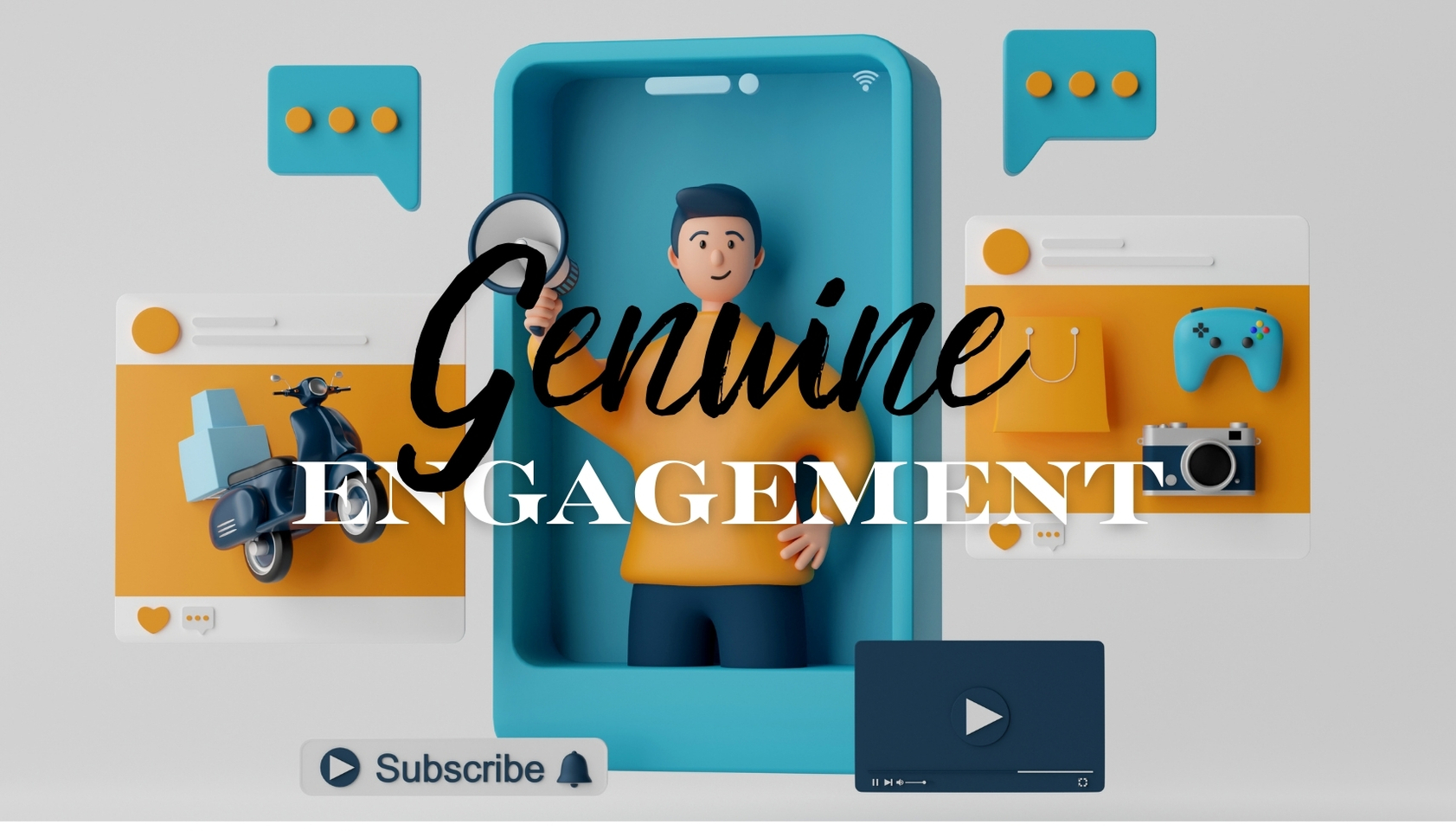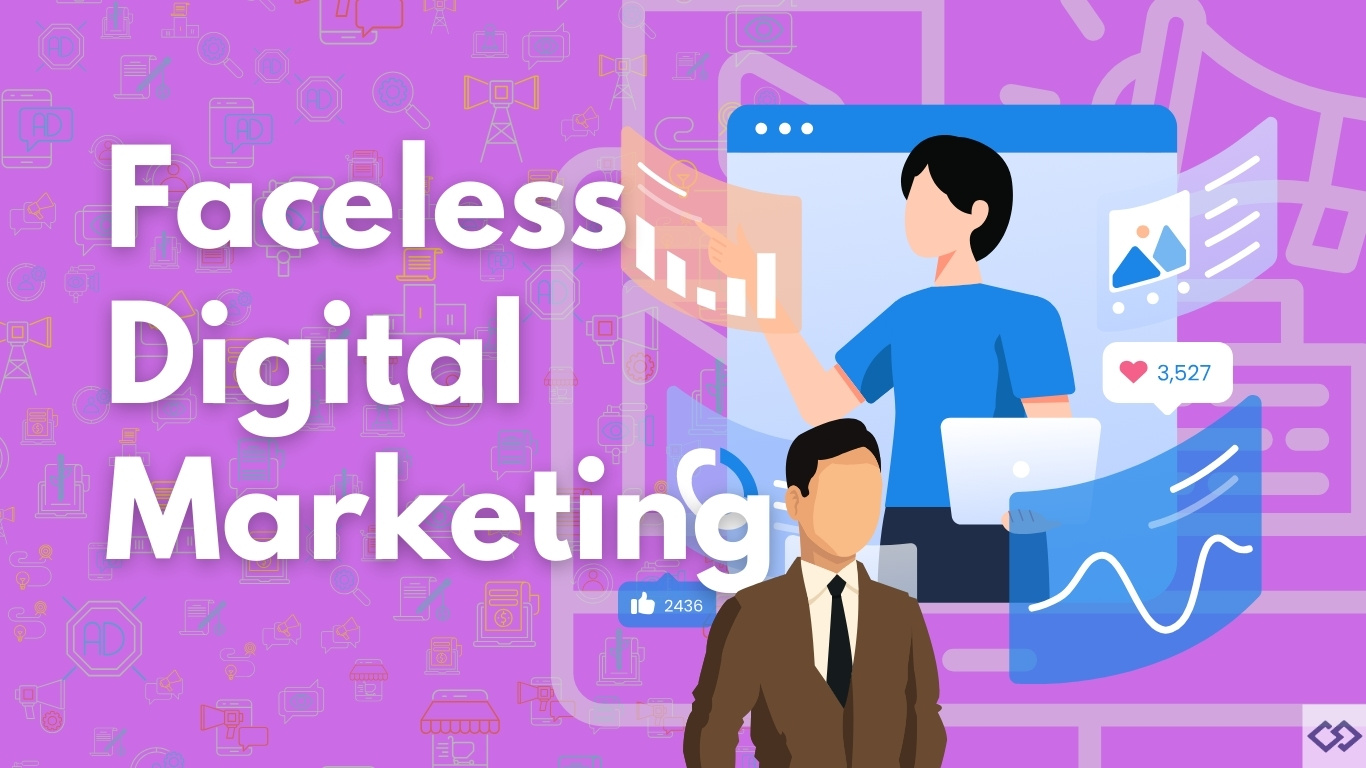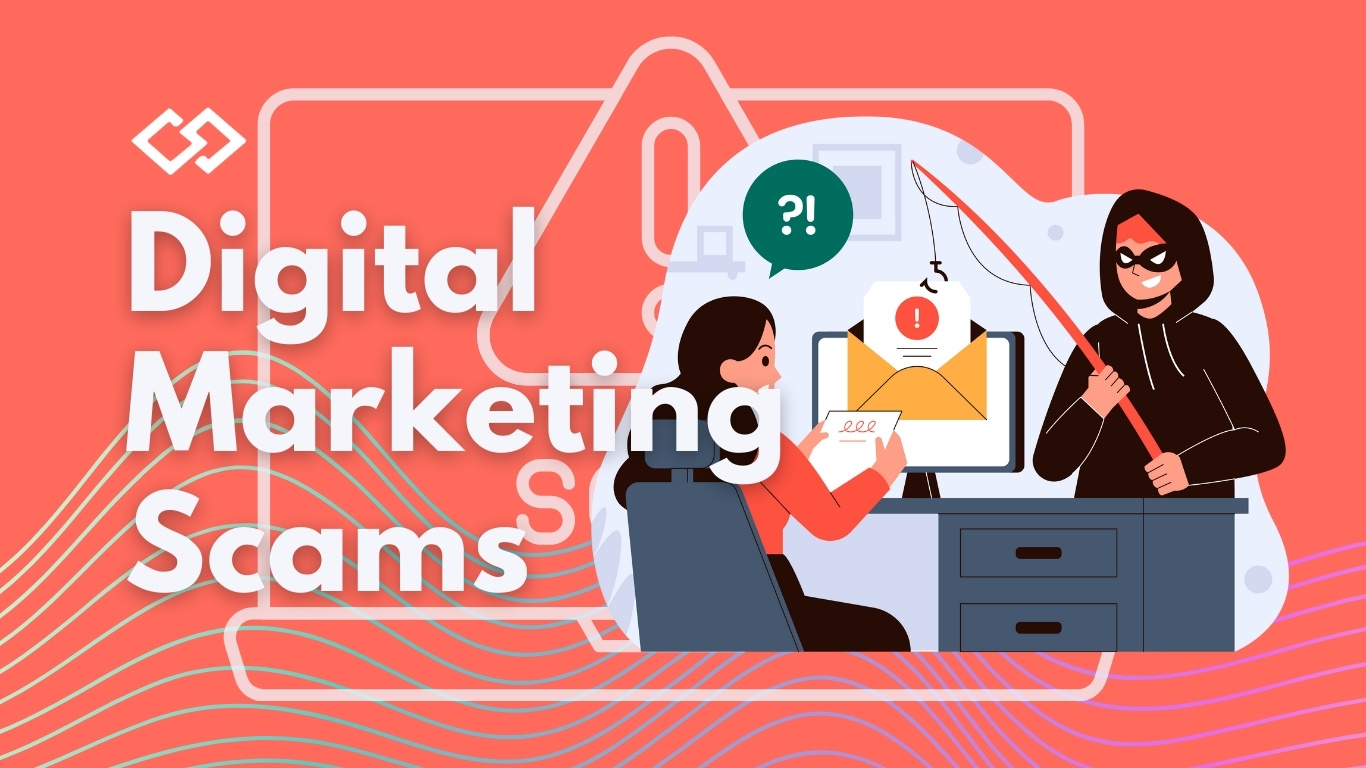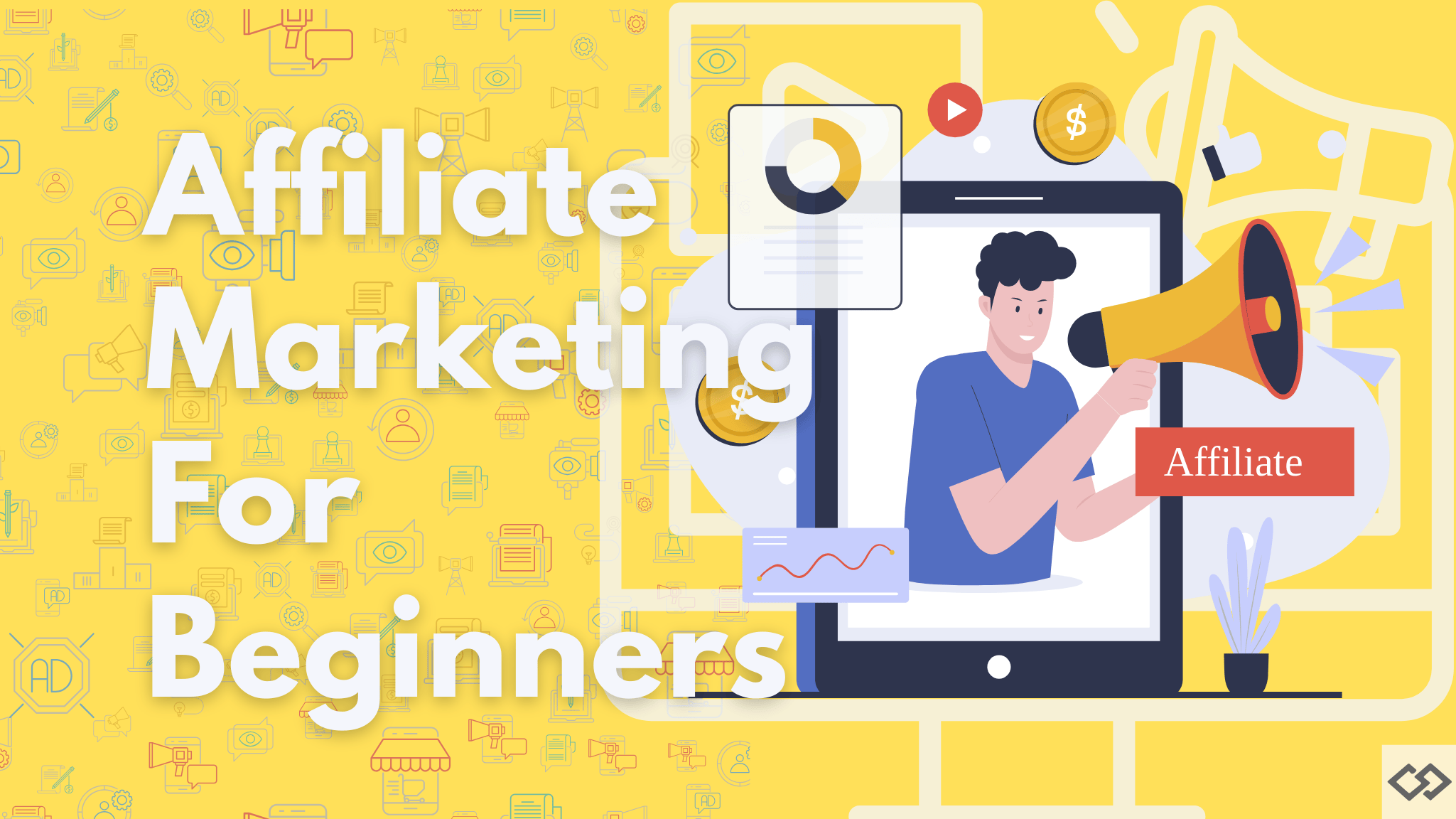The Power of Genuine Engagement

In today’s world, building real connections with audiences is crucial for long-lasting success. Authentic engagement matters, whether you’re running a business, leading a nonprofit, or simply reaching out as an individual. True engagement is not just about quick sales or follower counts; it’s about creating loyal relationships where people trust and support you. When audiences feel genuinely valued, they are more likely to share your message with others, which helps your brand grow naturally. Investing time and effort in these relationships not only builds a strong community but also boosts your reputation and expands your reach in a meaningful way. Now, I’m sharing with you how it works.
Build Strong Trust
To build trust, it’s essential to communicate clearly and openly. Community members need to know they can count on the messages they receive from you. Use your city’s branding on your platform and any materials you share so that people can easily see who is reaching out and why.

Be honest and make sure everyone has equal access to the information they need to make informed decisions about your project. Show that you value their opinions by explaining how their feedback will be used and how it will affect the final decisions. This kind of transparency makes everyone feel included and appreciated, which can help create a stronger sense of community.
Make sure your platform answers these important questions clearly:
- What exciting outcomes are we hoping to achieve with this project?
- Who are we inviting to join this journey, and why are their voices so important?
- In what creative ways will we utilize the feedback we gather?
- What criteria will guide our selection process, and how will they shape our decisions?
- How do we plan to bring these ideas to life and make a real impact?
To build trust, show the results of your city’s community engagement. Remember, building trust takes time. The best way to gain and keep trust is by keeping your promises: show the direct results of earlier participation projects to prove that community members can really make a difference by getting involved. In the early stages of your project, it might be tougher to share results, but it’s definitely still possible.
To build trust, it’s essential to take privacy seriously. Privacy and data ownership are significant concerns today. Make sure to clearly explain why you need specific information from community members and how you intend to use it. Only gather the data that is necessary for your decision-making, and be cautious about asking for personal information that isn’t relevant.
Understanding who’s participating in your project is crucial, particularly when it comes to official voting or local initiatives. Take the City of Orsay in France as a solid example. They introduced ID verification on their community platform for a budgeting project, and it paid off significantly—resulting in a stunning 213% increase in registered users compared to other platforms. To boost trust even further, they launched an effective communication campaign to keep residents informed about the platform.
Make a Long-Term Commitment:
First of all, what is commitment, actually? The proper answer is that commitment is a deep dedication to a cause, belief, or organization, driven by a readiness to dive in and make a difference.
When people are genuinely committed, they’re not just there in name—they are present, reliable, and resilient through every step. The more individuals who share this level of commitment, the stronger the momentum becomes, pushing your organization closer to its goals. Commitment is what keeps a group or organization strong. It’s the foundation that helps everyone push through challenges and grow. When more people are committed to a cause, the group gains influence, and others start to take notice. Commitment also makes a group strong—dedicated people don’t let obstacles stand in their way.
They keep pushing ahead, showing others that it is possible, even if they are just starting out or feeling unsure. Imagine a local team working to plant trees in their neighbourhood. The most committed members turn up every weekend, no matter the weather. Their excitement inspires new volunteers who might be unsure about joining in. Their dedication shows everyone that they can make a difference together, inspiring others to jump in and help build something meaningful.
Authentic Engagement for B2B:

For B2B engagement and attracting more leads for your sales team, here are six simple strategies. First of all, hold webinars to reach out to your audience. Many tech buyers enjoy watching videos, and about 70% use videos while deciding what to buy. Webinars allow people to ask questions and talk with experts, making them an effective way to gather leads.
Focusing on content marketing is really important because around 70% of B2B marketers say it helps get people interested. To make your content more engaging, don’t just stick to long articles; mix it up with different types like infographics, e-books, and short videos. For example, a tech company could create a fun infographic that explains complicated ideas in a simple way and add a short video that highlights their newest product features. This method not only captures attention but also makes it easier for potential customers to understand your message.
Third, consider using account-based marketing. This strategy allows you to tailor your messages specifically for key clients. Approximately two-thirds of marketers say this approach is effective and helps build trust.
Fourth, make sure to nurture your leads. Many potential customers aren’t ready to buy immediately. Keep them interested by following up with emails, phone calls, or sharing useful content. This keeps them engaged and helps them move closer to making a decision to buy.
Fifth, adopt a multi-channel strategy to connect with B2B buyers across different platforms. Since buyers frequently switch between devices for their research, ensure that their experience remains seamless and consistent, whether they’re using a computer, phone, or tablet.
Finally, it’s important to have a plan to reconnect with clients who might have lost interest. Just because someone was engaged before doesn’t mean they’ll stay that way forever. Pay attention to how they interact with your product and reach out to remind them of the benefits they enjoy. You might consider offering a special deal or incentive to encourage them to come back.
Better Content Reach and Visibility:

In the crowded online world, creating great content isn’t enough to reach people. Your content needs to be easy to find to make a real difference. In this article, we will talk about why visibility is important for your content and share some helpful tips to help you reach more people.
Fundamental Approaches to Increase Content Visibility
- Why Visibility Matters: Creating great content is only the beginning. It needs to be noticed to really make a difference. Imagine a beautiful painting stuck in a dark room; if no one sees it, it can’t inspire or connect with anyone. Making your content visible helps it reach the right audience at the right time.
- Use SEO for Visibility: Optimizing your content for SEO helps search engines find and rank it. Identify relevant keywords your audience is searching for, and integrate these into your content’s meta tags, headings, and text.
- Make the Most of Social Media: Social media isn’t just for connecting with friends—it’s a marketplace for sharing your content. Create eye-catching posts with relevant hashtags to boost your visibility. Partnering with influencers in your industry can also help you reach a wider audience.
- Use Email Marketing: Email marketing is a straightforward way to share your content directly with your audience. Building a subscriber list and personalizing emails based on what people are interested in can lead to more opens and clicks. Giving subscribers special content also builds loyalty and encourages them to share it with others.
- Consider Influencer Marketing: Influencers can broaden your audience by sharing your content within their networks. Find influencers whose values align with your brand, and collaborate on sponsored posts, takeovers, or reviews.
- Guest Blogging for Visibility: Writing guest posts for reputable websites exposes your brand to new readers. Pick websites related to your industry and share helpful, interesting content there. Writing guest posts also improves your SEO by adding links back to your site.
- Content Syndication: Share your content on other websites and platforms to reach more people. Reach out to popular sites in your field and suggest sharing your content to attract more visitors to your site.
- Track Your Visibility Success: Keep an eye on metrics like website traffic, social media engagement, email open rates, and search rankings to see how far your content is reaching. Using tools like Google Analytics helps you understand what’s working and where you can improve.
- Adjust Content Strategy with Data: Use insights from your metrics to refine your content approach. Experiment with different formats and topics, adjusting based on audience engagement to improve visibility.
Increased Brand Loyalty:

What is Brand Loyalty?
Brand loyalty is the unwavering commitment a consumer has to a particular brand, choosing it time and again despite tempting offers from competitors or market challenges. This deep-seated loyalty often stems from the unique value a brand provides to its customers. Take, for instance, the power of exceptional customer experiences; they not only foster trust but also turn casual buyers into passionate advocates for the brand.
Following these steps can help any brand build lasting connections with its customers. When people feel valued, appreciated, and connected to a brand, they keep coming back, even if other choices are available. Brand loyalty is when customers keep coming back to the same brand, even if other brands offer similar products. They return because they trust that the brand will deliver something special. For example, a loyal Starbucks customer will go out of their way to get their favorite coffee because they know what to expect and love the experience
Understand the Difference Between Brand Loyalty and Brand Affinity
Brand loyalty means people buy from the same brand repeatedly, while brand affinity is more about an emotional connection. Think of it this way: brand loyalty is “I love shopping here,” while brand affinity is “I love what this brand stands for.” Both matter. When customers feel connected emotionally, they’re more likely to stay loyal.
Provide Great Customer Service
Excellent service can create loyal fans. Customers want to feel valued and receive help quickly. For example, brands that respond promptly to social media messages or solve problems on the spot build trust and loyalty. A good experience keeps customers coming back, so make sure your brand has a smooth, friendly way of handling customer questions or issues.
Create a Unique Brand Voice and Story
A brand with a clear personality feels more relatable. Take Gymshark, a fitness brand. They post funny, lighthearted content that feels less like a company and more like a friend. By being consistent in their voice and style, brands become more memorable. So, think about what makes your brand stand out and show it in a fun, friendly way.
Start a Rewards Program
Rewarding loyal customers with perks, like discounts or points they can redeem, makes them feel valued. Starbucks’ app, for instance, lets customers collect stars to earn free drinks. Even small rewards like a punch card for a free item can make a difference, as people appreciate being rewarded for their loyalty.
Build a Community Around Your Brand
Creating a brand community helps people feel like they belong. Sephora’s Beauty Insider community allows makeup lovers to share tips, reviews, and support, making them feel connected to both Sephora and each other. A strong community encourages loyal fans to stay engaged with the brand.
Use Social Media to Learn Customer Preferences
Social media is a powerful tool to understand what customers love about your brand. By keeping an eye on what people like and interact with, brands can adapt and stay in tune with their audience. For instance, a company might notice that posts about behind-the-scenes content get the most likes, so they do more of that.
Look to Successful Brands for Inspiration
Learn from brands that have a strong, loyal following. For example, Le Creuset has long-time fans who collect their kitchenware and look forward to new seasonal colors. Marks & Spencer, a well-known British brand, introduced a customer loyalty app with perks and prizes based on feedback. Slack, a workplace messaging app, creates loyalty by using a friendly, relatable tone that feels human and approachable.
By following these steps, brands can build lasting connections with their customers. When people feel valued, appreciated, and connected to a brand, they keep coming back, even if other choices are available.




